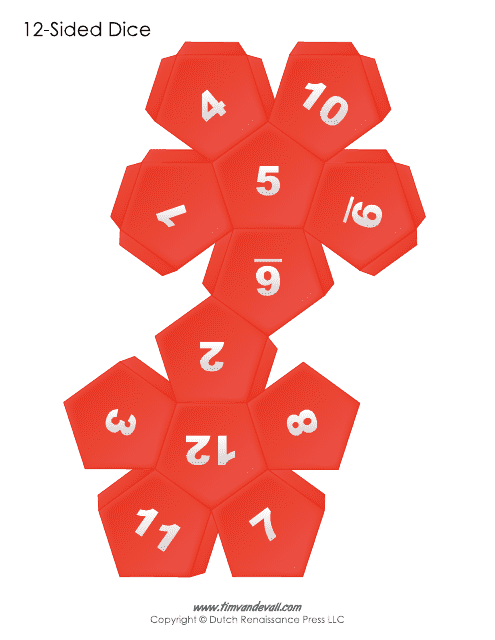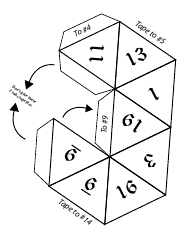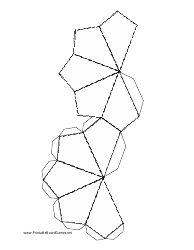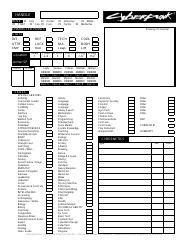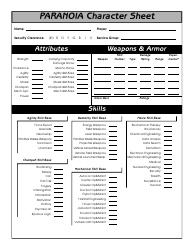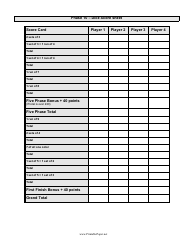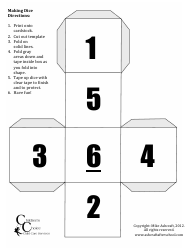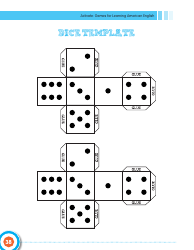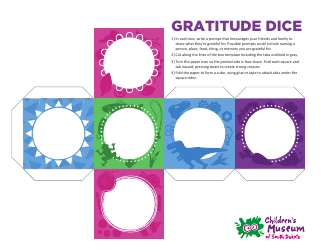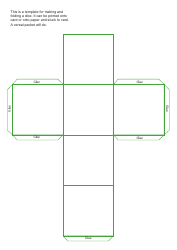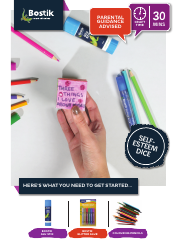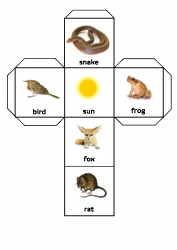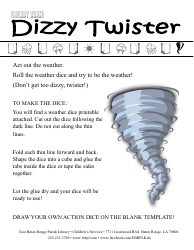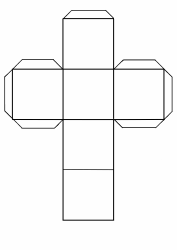12-sided Dice Template
A 12-sided dice template is a guide used to create a 3-dimensional object in the shape of a 12-sided dice, also known as a dodecahedron. Such templates are commonly used in tabletop gaming (such as Dungeons & Dragons) where different types of dice are required to determine game outcomes, in mathematics education to demonstrate geometry and can even be utilized in arts and crafts projects. The template provides the necessary layout and instructions to fold and glue/tape a 2-dimensional piece of paper or card stock into the shape of a 12-sided dice.
The 12-sided dice template is likely filed by individuals or companies involved in board game manufacturing or design, educators, craft enthusiasts, or role-playing game enthusiasts. Since it's not specifically tied to a legal or governmental document, there isn't a specific country or entity that files this kind of template. Rather, it can be utilized by anyone with an interest in creating a 12-sided dice. This isn't a formal document that would be associated with specific countries like the USA, Canada, India, or Australia.
FAQ
Q: What is a 12-sided dice called?
A: A 12-sided dice is known as a dodecahedron.
Q: Are there games that use a 12-sided dice?
A: Yes, several tabletop games such as Dungeons and Dragons and some Warhammer systems use a 12-sided dice.
Q: What is the probability of rolling a certain number on a 12-sided dice?
A: For a fair 12-sided dice, the probability of rolling any specific number between 1 and 12 is 1/12, or about 8.33%.
Q: How do you read a 12-sided dice?
A: Each face of the 12-sided dice has a unique number from 1 to 12. The number that faces upwards when the die comes to rest is the number 'rolled'.
Q: Can a 12-sided dice be used for educational purposes?
A: Yes, a 12-sided dice can be used for learning activities, particularly in teaching probability and mathematics.
Q: How fair is a 12-sided dice?
A: A well-made 12-sided dice is very fair. Each number should have an equal chance (1 in 12) of being rolled.
